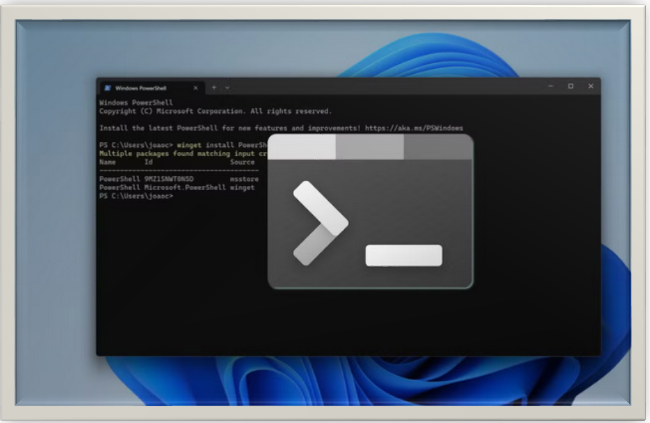HOW TO IGNORE SSL ERRORS AND WARNINGS IN cURL
Learn how to ignore SSL errors on Windows with this step-by-step guide. Fix connection issues quickly and securely, ensuring uninterrupted access to websites and services.

INTRODUCTION:
Secure Socket Layer (SSL) certificates are necessary for cURL, a popular tool for data transfers, to ensure secure connections. These certificates encrypt information and verify websites, acting as sophisticated bodyguards. However, what happens if you want to bypass cURL on Windows to temporarily get around these shields? Do you, as a beginner developer encounter SSL errors when using cURL on your Windows system? Although SSL errors can frequently disrupt your workflow and lead to dissatisfaction, there is a simple solution: ignoring SSL errors in cURL. With this easy-to-follow tutorial, we'll show you how to ignore SSL errors and alerts in cURL on Windows, enabling you to quickly fix problems and return to writing with ease.
Understanding SSL errors
SSL (Secure Socket Layer) errors occur when a website or server's SSL certificate is compromised. These errors may hinder cURL's ability to access specific websites or APIs, interfering with your development plan. Ignoring SSL errors will allow you to get around these problems and continue using cURL without interruptions.
What to keep in mind before bypassing SSL
SSL bypassing is a dangerous business. This is the reason why:
• Security Risk: It renders your data vulnerable to hackers' attempts to steal it. In other words, only perform this on reliable systems, never in sensitive areas like online financial accounts.
• Invalid Certificates: SSL errors may point to a website that has a bad certificate, endangering the privacy of your data. Ignoring them could expose you to phishing attacks.
Other alternatives to Consider:
Fix the SSL Issue: If this is a website you are in charge of, find out why the certificate is invalid and make the necessary corrections.
Local Testing Server: For testing purposes, set up a local development server that has a self-signed certificate.
Step-by-step guide on how to ignore SSL Errors in cURL on Windows:
Follow these simple instructions to ignore SSL errors and alerts in cURL on your Windows computer:
Method 1: Using insecure option
First step: Download cURL for Windows
Download and install cURL for Windows from the official website if you haven't already: https://curl.se/windows.
Make sure the cURL version you're downloading is compatible with the version of Windows you're running (32- or 64-bit).
Second Step: Open Command Prompt
On your keyboard, press the “Windows key” to open the start menu. Type "cmd" and hit Enter. This will initiate the Prompt Command.
Step 3: Type the Command for cURL
In the Command Prompt window, type the cURL command that needs to be run together with the additional argument to ignore SSL errors. For example:
'''
curl --insecure <URL>
'''
Replace “URL>” with the URL you need to access. The "--insecure" parameter instructs cURL to ignore errors in the SSL certificate.
Step 4: Execute Command
To run the cURL command with the "--insecure" argument, press Enter. You can now access the specified URL without interruption as cURL will now avoid SSL errors and warnings.
Method 2: Using the -k Flag
This flag instructs cURL to proceed with the connection in the unlikely event that SSL errors arise. Add it to your cURL command in the following manner:
'''
curl -k https://www.example.com
'''
Method 3: Disabling Verification in cURL Libraries
If you are using a cURL within a programming language, you can disable SSL verification by using the specific cURL library that you are using. The knowledge of the language you have selected and its cURL integration is needed for this.
Verify the connection (Optional)
Verify that the connection has been established and that the SSL errors have been successfully ignored by checking the output of the cURL command in the Command prompt. There should be no SSL-related errors in the response that you see from the server.
Remember:
Bypassing SSL verification should only be done as a last resort and under specific circumstances. Here are some more details to keep in mind:
• Not Suitable for Beginners: For people who are unfamiliar with cURL and command prompts, this setup may seem confusing.
• Recognize the risks: Your system is exposed to possible security risks when SSL is bypassed.
CONCLUSION:
Ignoring SSL errors in cURL on Windows is a simple but effective workaround to get over SSL certificate problems and keep working on your development project. Following the instructions in this guide, beginners may quickly get beyond SSL errors and focus on creating incredible projects using cURL. Thus, the next time you encounter SSL errors in Windows cURL, remember to use the "--unreliable" argument and continue coding without any problems!
Thanks for reading.
If you like the article, consider sharing and subscribing. ;)




